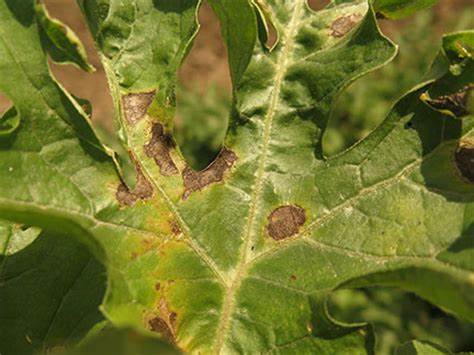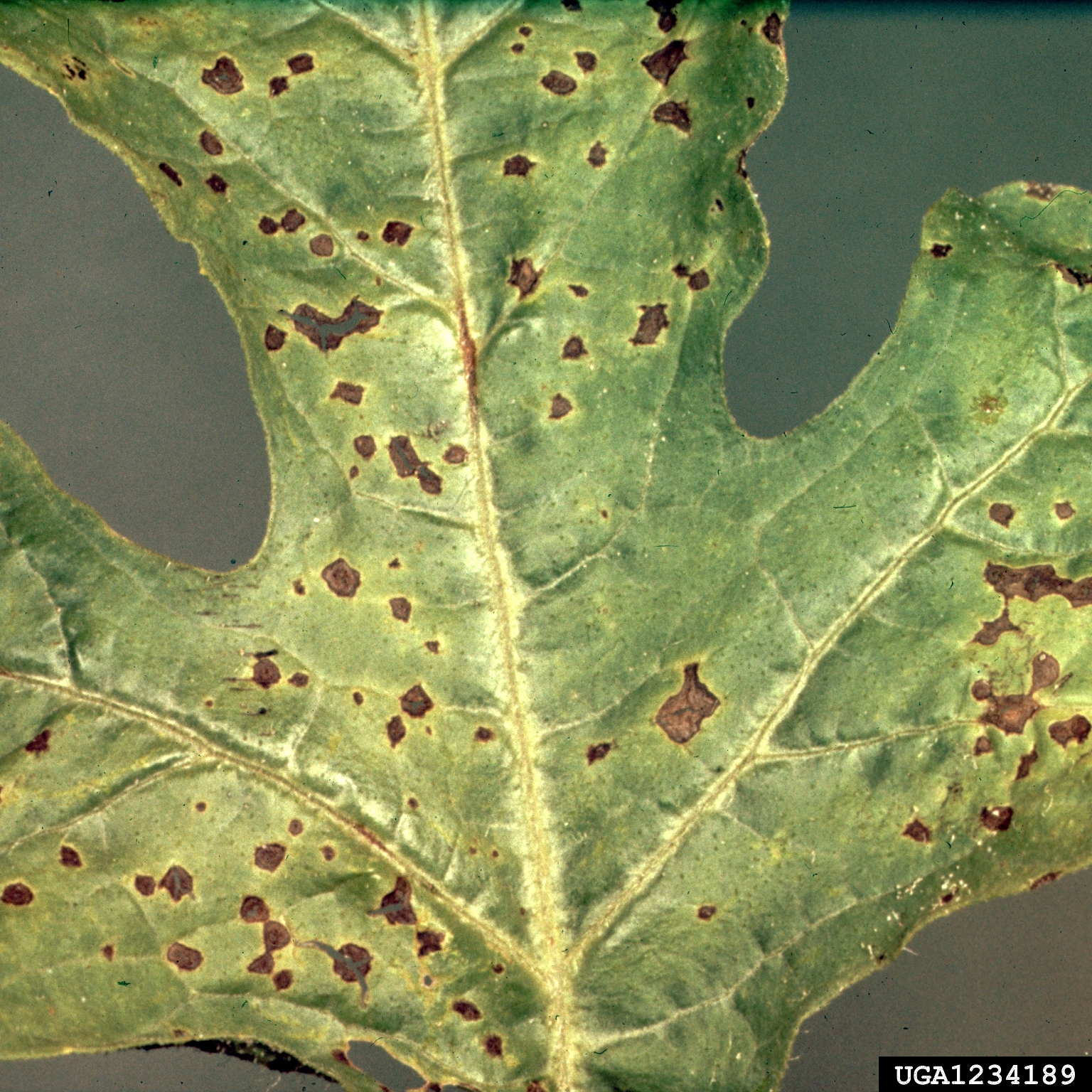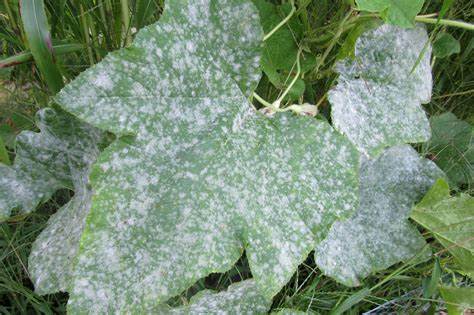


Kingdom: Plantae
Order: Cucurbitales
Family: Cucurbitaceae
Genus: Citrullus
Species: C. lanatus
ABOUT WATERMELON
Watermelon is a juicy and refreshing fruit that is commonly consumed during the summer months. Here is some general information about watermelon:
Watermelon is a fruit that belongs to the Cucurbitaceae family, which also includes cucumbers, pumpkins, and squash. Watermelon is made up of about 92% water and is very low in calories, making it a great snack for those trying to lose weight or maintain a healthy diet. Watermelon is a good source of several vitamins and minerals, including vitamin C, vitamin A, potassium, and magnesium. The flesh of a watermelon can be pink, red, or yellow, and it is typically sweet in flavor. Watermelon seeds are edible and can be roasted, seasoned, or used to make oil.
Watermelon is often eaten fresh, but it can also be used in recipes like salads, smoothies, and sorbets. When selecting a watermelon, look for one that is heavy for its size, has a uniform shape, and has a dull or matte finish rather than a shiny one. Watermelons are typically grown in warm climates, with some of the top producing countries including China, Turkey, Iran, and the United States. Watermelon is a popular fruit around the world and is often eaten at picnics, BBQs, and other outdoor gatherings. Despite its name, watermelon is not a true melon, but rather a type of berry called a pepo.


